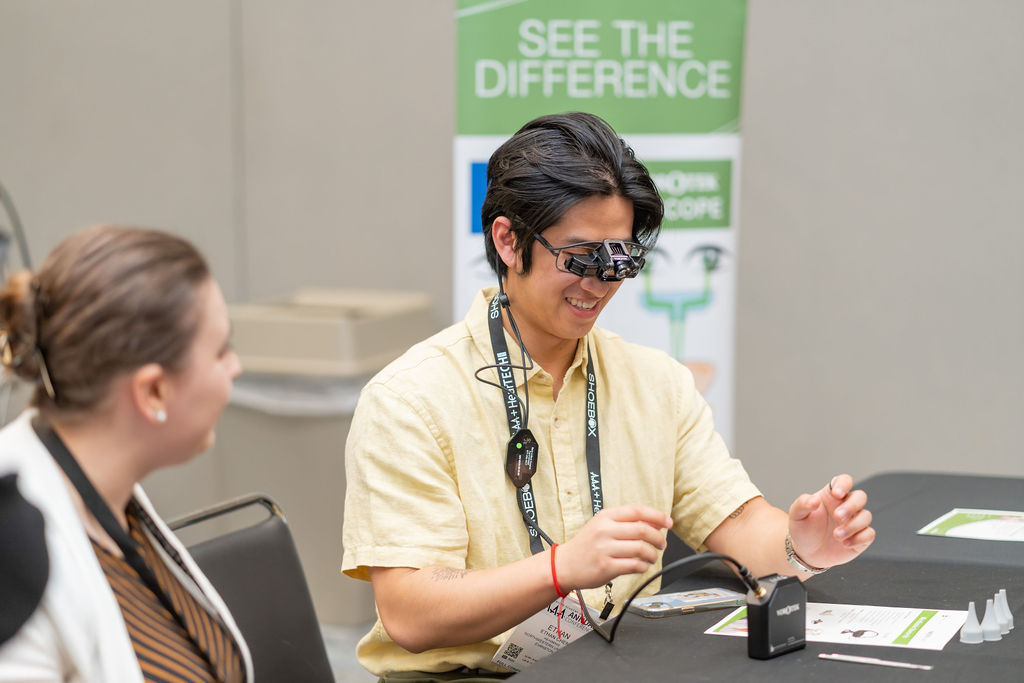In an article published by Alvarez De Linera-Alperi et al (2024), magnetic resonance imaging (MRI) with gadolinium contrast was utilized to evaluate inner-ear changes in 137 patients who carried a diagnosis of Meniere’s disease. These researchers sought to find if the progression of Meniere’s disease originates in the cochlea. Through imaging, they analyzed dilation and volumetric changes within the vestibule and cochlea, which are thought to be indicators of endolymphatic hydrops and the underlying cause of symptoms associated with Meniere’s disease. Additionally, this study looked at the ratio of vestibule versus cochlear volume changes, perilymphatic enhancement, and endolymphatic herniation.
This study ultimately found greater volumetric changes in the vestibule (60 percent of their cases) than in the cochlea. Interestingly, this study also found no statistically significant correlation between hearing/vestibular function tests and changes in the cochlea or vestibule (although presenting symptoms might have been different). Individuals who appeared to have more cochlear involvement also tended to have a greater incidence of cardiovascular risk factors.
Reference
Álvarez De Linera-Alperi M, Dominguez P, Blanco-Pareja M, Menéndez Fernández-Miranda P, Manrique-Huarte R, Liaño G, Pérez-Fernández N, Suárez-Vega V. (2024) Is endolymphatic hydrops, as detected in MRI, a truly cochleocentric finding. Front Neurol (15):1-11.
Recent Posts
Turn Insight Into Action! Attend Learning Labs at AAA 2026
Ready to take your professional development to the next level? At AAA 2026, Learning Labs are your chance to go beyond lectures and dive into…
Your Support Makes the Difference—Let’s Finish the Year Strong
As we wrap up the year, I want to thank you for your generosity supporting the AAA Foundation’s work. The enclosed report highlights what you…
Audiology Faces New Challenges Under Draft Federal Loan Rule: What Comes Next
Member Action Needed Soon! The U.S. Department of Education’s Advisory Committee has reached consensus on proposed regulations implementing the higher education provisions of the One…


